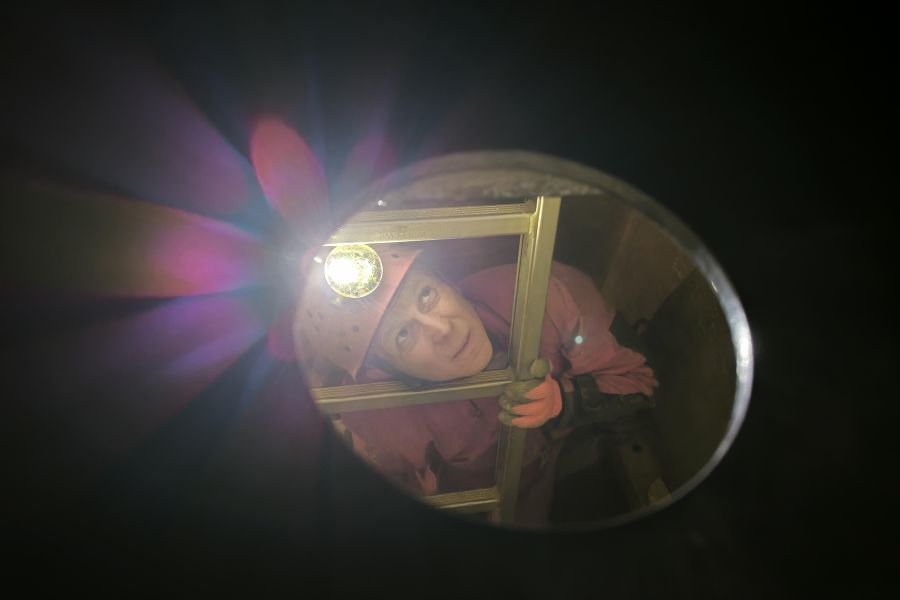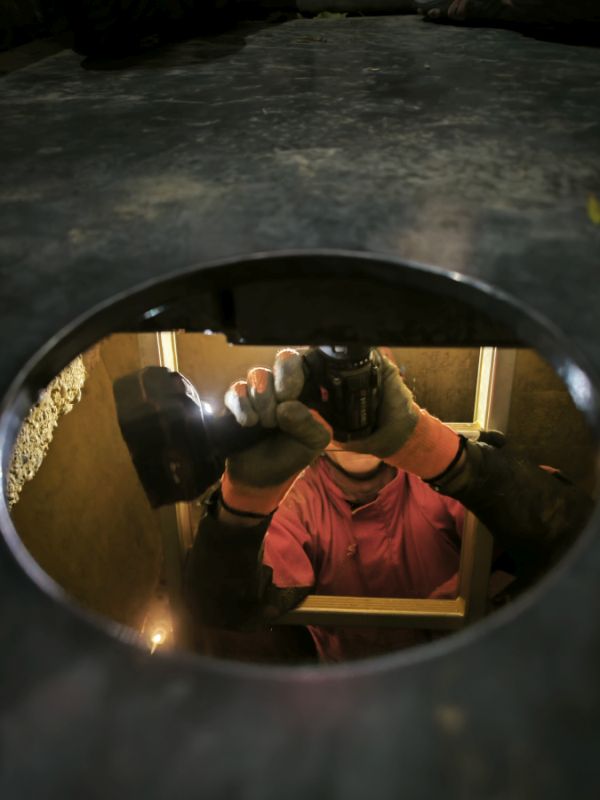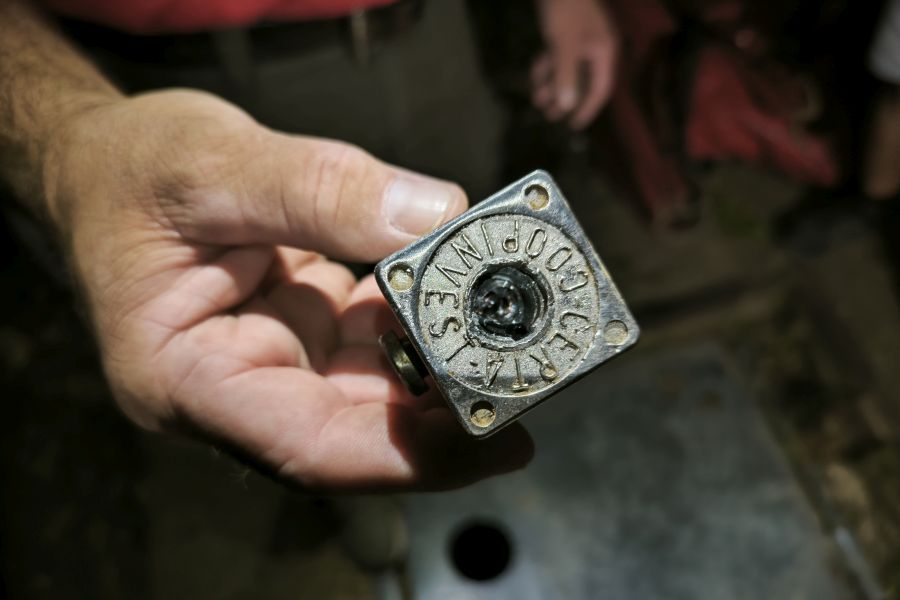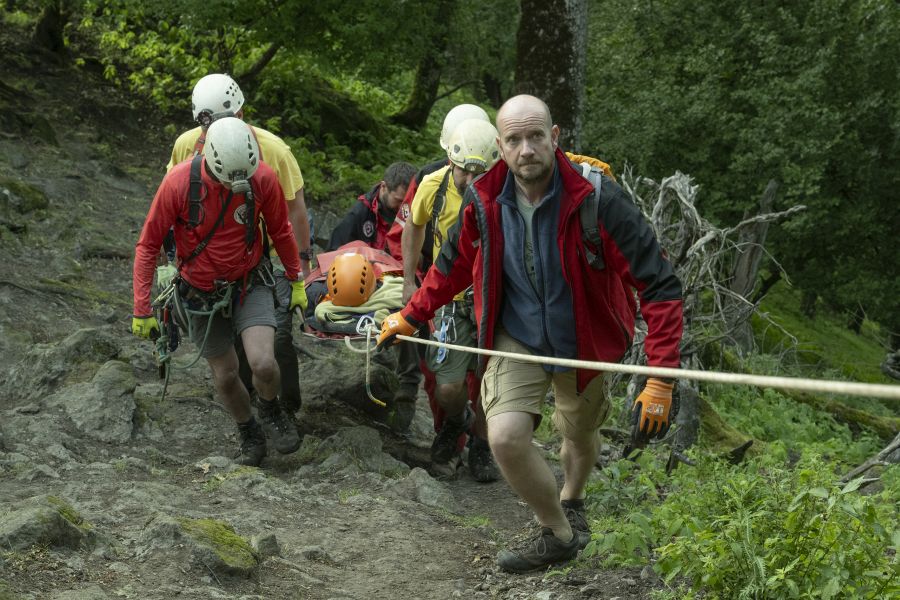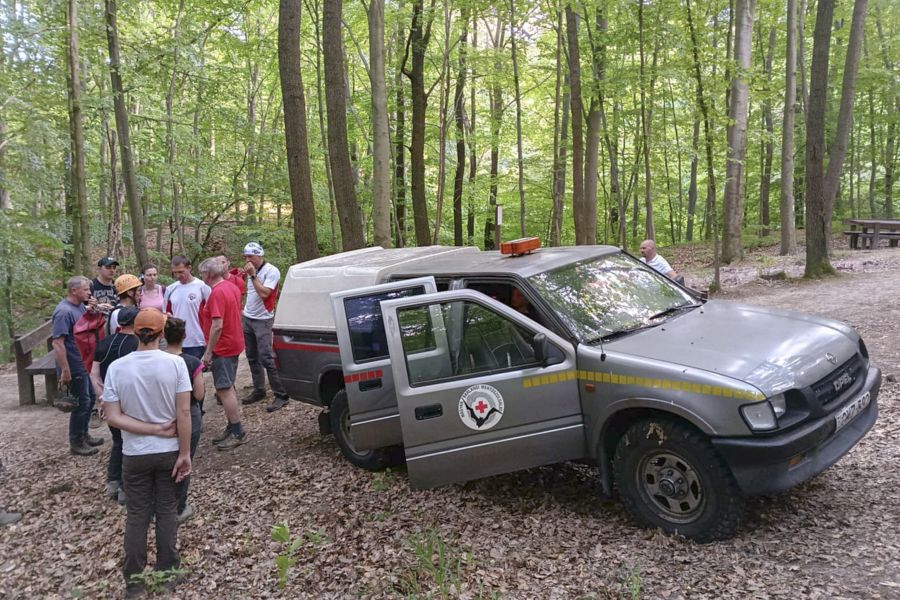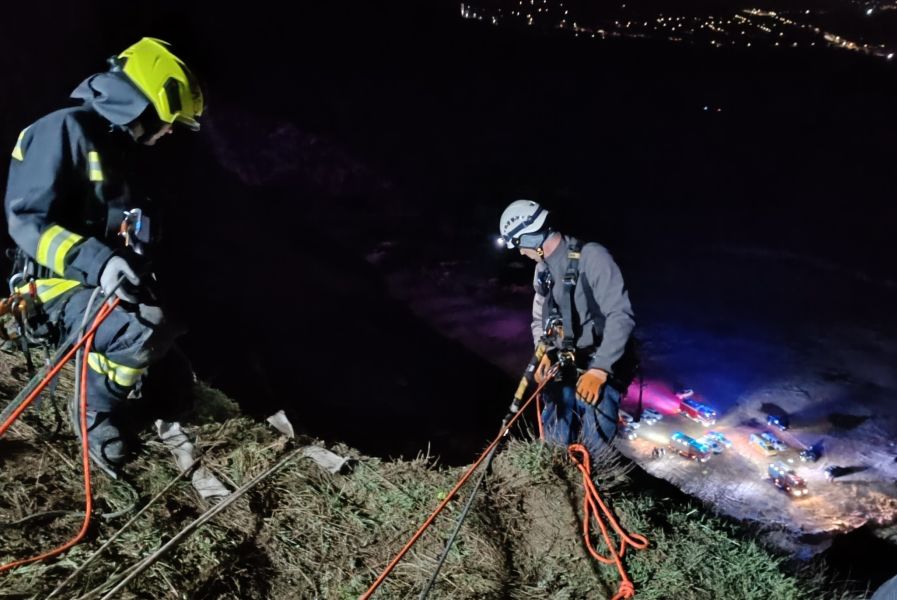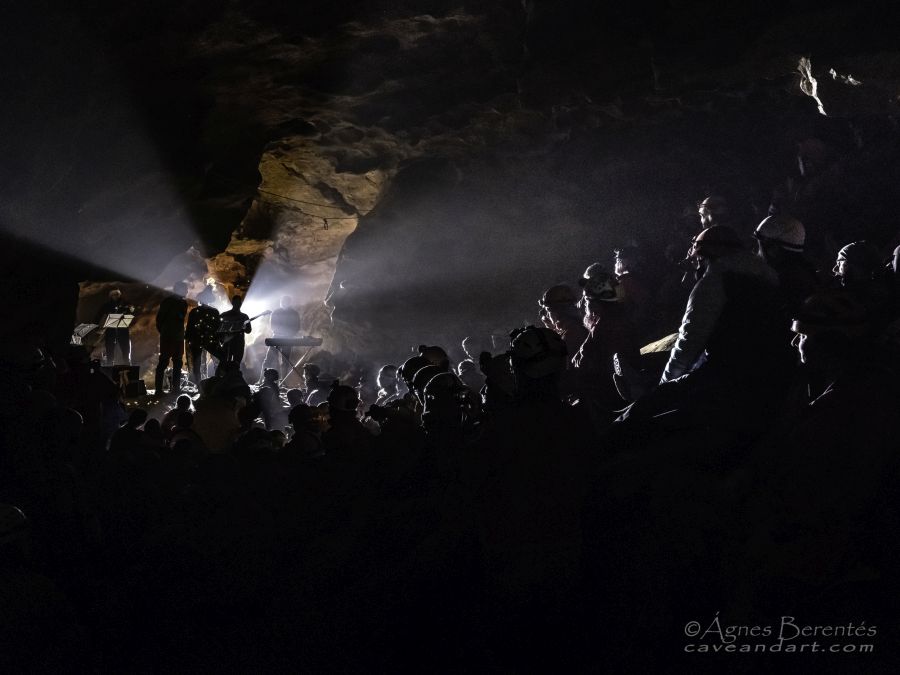Cave gates serve a dual symbolic purpose: primarily, they protect caves from damage caused by intruders; secondarily, they safeguard unprepared visitors from the potential dangers of entering a cave. As caving experience grows, a person not only develops the skills necessary for movement in the underground environment, but also expands their toolkit for solving practical technical problems.
Experienced cavers and guides know the unique secrets of certain cave gates: they know exactly which gate is hard to open, which one requires a shovel or small crowbar, which lock always needs WD-40, and which gate demands the strength of several people to open. However, last night a very different kind of problem occurred while trying to open the gate of the Ferenc-hegyi Cave.
On Monday evening, a groups of 8 cavers were on a caving trip in the Ferenc-hegyi Cave. At the end of the tour, around 9:30 PM, they tried to return to the surface but couldn’t open the gate—which is known to be particularly easy to operate—even while standing at the top of the entrance ladder. Despite multiple attempts, the special lock wouldn’t open with the key, as if something had been broken off inside. A partial explanation came when three others appeared outside the gate and mentioned that their key—presumably an illegal copy that didn’t belong to the lock—had also failed to open it earlier, despite their attempts to force it.
As the group could not safely exit the cave, they managed to call for help using a weak mobile signal near the cave entrance. The Hungarian Cave Rescue Service was alerted - four of us arrived at the scene, joined by the Adrenalin Caving Association’s legendary problem-solver. The solution was simple: drill out the lock cylinder, after which the gate could be opened. A minor complication was finding, in the middle of the night, a power drill that is strong enough to destroy the lock cylinder but small enough to fit through the fist-sized bat hole in the gate. After about fifteen minutes of careful drilling, the lock gave way, and around midnight the stranded cavers were able to reach the surface.
Ferenc-hegyi Cave is a popular destination for the caving community in Budapest, with 1,000–2,000 legal visitors each year. The cave is strictly protected—not only for its breathtaking formations and calcite structures, but also because it offers physically demanding, sporty tours. In this context, “sporty” means the cave features exposed solo climbs of tens of meters even near the entrance, extremely tight squeezes, and a high risk of getting lost due to its complex structure. Given these conditions, the cave may only be visited with the prior approval of the Danube–Ipoly National Park and under the guidance of a certified cave guide.
From what happened yesterday, one could conclude that the cave is not just a favorite playground for those who follow the shared rules of the caving community.
Dear fellow caver, who tried to enter the cave illegally!
We ask you to please try to play by the rules we’ve collectively established—rules that are sometimes written in blood. Help ensure that our community members can take responsible care of themselves, and help us preserve this cave for the generations of cavers who will come after us, just as we were lucky to find it today. If you’d like to go caving, don’t hesitate to reach out to one of the many caving clubs in Budapest. You’ll surely find a group that is welcoming and friendly, and that can legally organize trips for you in line with the shared guidelines.
Photos: Márton Kovács



